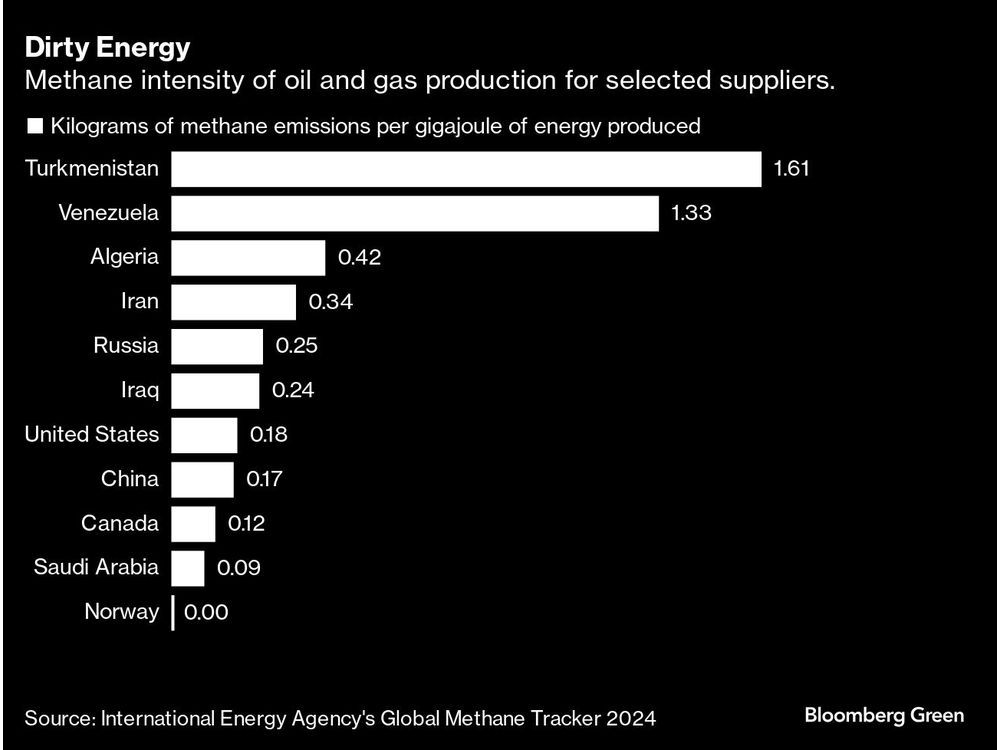Follow us on LinkedIn
Companies may offer many types of discounts to their customers. These discounts come with various objectives, for example, encouraging customers to buy more or pay promptly. In accounting, discounts fall into two categories, trade and cash discounts. People often confuse the two. Trade discounts usually occur before the latter.
What is Trade Discount?
A trade discount is a pricing strategy used by suppliers to offer a reduction in the selling price of goods or services to their customers. It is a negotiated discount that gets agreed upon between the supplier and the customer, typically for business-to-business (B2B) transactions. Companies do not disclose trade discounts as a part of their accounting and financial reporting.
The primary purpose of a trade discount is to incentivize customers, such as resellers, wholesalers, or retailers, to purchase from the supplier. By offering a lower price than the standard list price, suppliers aim to attract more customers, encourage repeat business, and foster long-term relationships. Customers can take advantage of the reduced prices to increase their profit margins.
How does a Trade Discount work?
A trade discount is a reduction in the selling price of goods or services a supplier provides to its customers. The process involves negotiating the terms of this reduction, establishing a list price, applying the discount to calculate the discounted price, and reflecting the discount on the invoice. Trade discounts help incentivize customer purchases, reward loyalty, promote bulk orders, and establish favourable pricing arrangements.
The supplier and customer negotiate the discount rate or amount, eligibility criteria, and specific goods or services covered. The supplier sets a list price, serving as the original selling price. When the customer completes a purchase, the trade discount gets applied, resulting in a reduced selling price. The customer receives an invoice that reflects the discounted price, and payment occurs based on that amount.
What’s the difference between Trade and Cash discounts?
Most people often confuse trade and cash discounts. However, these are very different in their usage. The primary differences between the two come from the following points.
Purpose
Trade discounts help incentivize bulk purchases or establish long-term relationships, while cash discounts encourage prompt payment and improve cash flow for the seller.
Calculation
Trade discounts are predetermined and based on quantity or value, expressed as a percentage of the list price. Cash discounts are a percentage reduction in the invoice amount based on payment terms.
Timing of deduction
Trade discounts get deducted before the customer receives an invoice. In contrast, cash discounts apply after the invoice and depend on prompt payment.
Accounting treatment
Trade discounts do not become a part of the financial statements, as they are a reduction in the list price. Cash discounts get accounted for separately, with the seller recognizing a reduction in revenue and the buyer recording a reduction in the cost of goods purchased.
Eligibility
Trade discounts get negotiated individually or through contracts and are typically offered to specific customer segments. Cash discounts are a part of invoices or sales agreements and are available to all customers who meet the payment terms.
Conclusion
A trade discount is a reduction in the selling price of goods provided to customers. This discount occurs before a company calculates the amount payable by the customer. Accounting standards do not require a separate treatment or disclosure on the financial statements for this discount. It differs from a cash discount which companies offer to encourage early settlements.
Further questions
What's your question? Ask it in the discussion forum
Have an answer to the questions below? Post it here or in the forum

Satellite observations show the amount of gas burned at Turkmenistan’s Gates of Hell crater have fallen roughly 50% since August, according to a new analysis.



